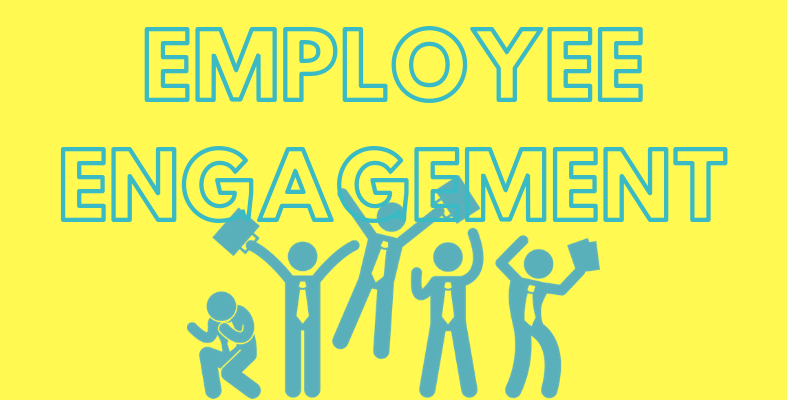
10 Key Areas HR Must Include in an Employee Engagement Survey
Create Job Description Using AI
Write appealing job descriptions for any job opening to attract the most qualifield and suitable candidates. FOR FREE.
try now
According to leading HR influencer Professor Rob Briner, employee engagement is basically impossible to measure because there is no centrally agreed definition. Without an agreed definition, there’s no way of knowing exactly which target one is trying to hit.
According to Chartered Institute of Personnel and Development (CIPD), in its broadest terms, employee engagement is referred to as “a range of established concepts, including job satisfaction, motivation, work effort, organizational commitment, shared purpose, energy, and flow”.
Meanwhile based on Khan’s theory of employee engagement, he describes an engaged employee as “one who is fully absorbed by, and enthusiastic about their work”.
What makes up employee engagement?
Since the definition of employee engagement is extremely broad and subjective, and engagement itself is difficult to measure, there are various elements that contribute to the ideal definition of an ‘engaged employee’ that can be measured instead.
A research by Office Vibe suggests that an employee engagement survey should focus on these key areas:
-
Feedback
-
Recognition
-
Happiness
-
Relationship with peers
-
Relationship with managers
-
Personal growth
-
Alignment
-
Satisfaction
-
Wellness
-
Ambassadorship
Based on BambooHR, here are some questions that are related to the 10 key areas:
-
I can see myself working here in five years.
-
I have a clear understanding of my company’s strategic goals.
-
I can easily see how my work affects the company’s overall success.
-
I always know what is expected of me when it comes to my goals and objectives.
-
It really feels like everyone is on the same team at my company.
-
My manager recognises my full potential and capitalises on my strengths.
-
I always want to give my best whenever I’m at work.
-
I’m proud to be a part of this company.
-
The leaders of my company really know what they’re doing
-
I believe in my company’s mission
These questions are still subjective but are more focused. A sliding scale, such as a rating from 1 to 5 is a great way to quantify your results. They could also help you to boost your employees’ commitment to the organisation, as long as you act on the feedback, and put measures in place to improve the areas where scores are lower.
Don’t just conduct an employee engagement survey once a year
Here is another issue with employee engagement surveys. Answers may vary depending on the time of the year or month. An employee who has just had an argument with the manager might not rate their relationship with their manager highly, even if they get along fine most of the time.
For this very reason, the traditional annual survey is considered to be outdated and ineffective to measure engagement. It should be mixed with more ‘in the moment’ methods of gathering feedback, such as pulse surveys. This gives you a more balanced result.
Hiring Mandarin-speaking Staff? Post a job today at Ricebowl.my the top job website for the Chinese-and-English-speaking community.
This article is adapted from Sat Sindhar’s What An Employee Engagement Survey Should Look Like.





